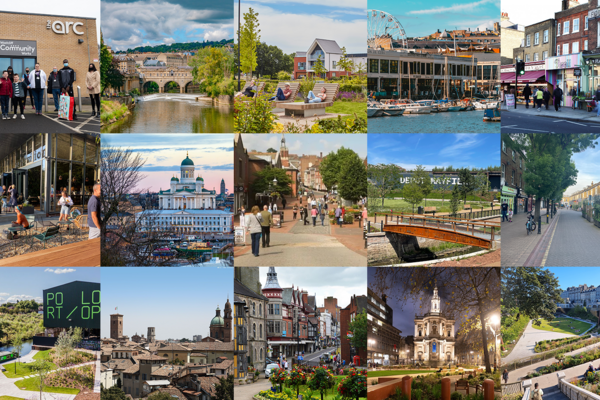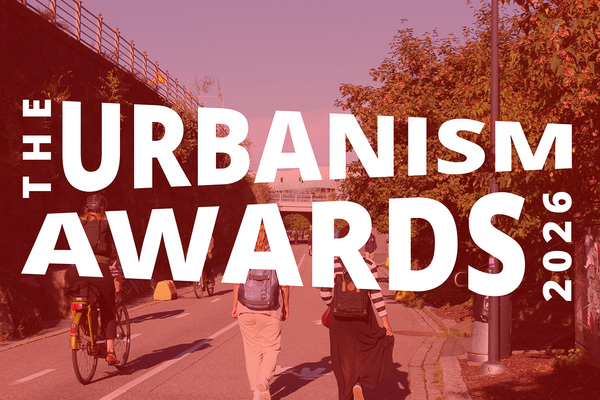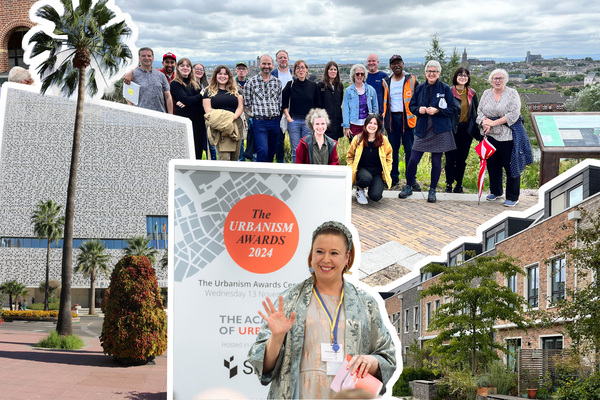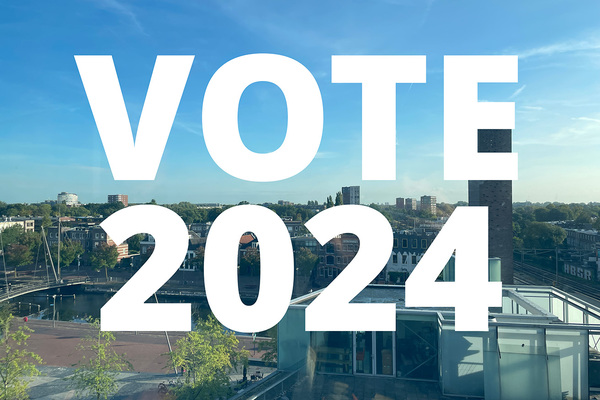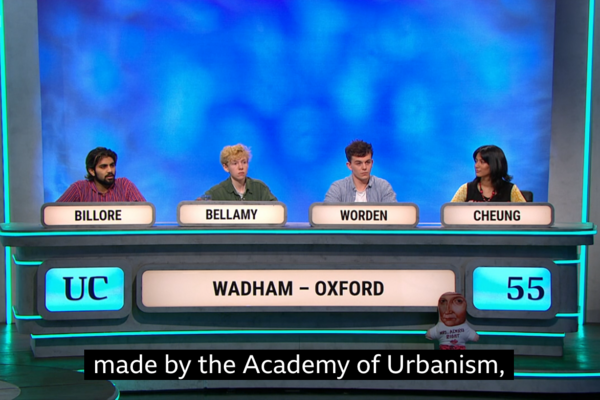Last night, at The Journey of Place event in Leeds, the AoU announced the 2024 Urbanism Awards finalists in person, following an afternoon spent revisiting past finalists in the city of Leeds.
Nominations for the Urbanism Awards are submitted by members of the AoU network and beyond, and finalists are agreed through a programme of shortlisting sessions with panels of Academicians and Young Urbanists. Over the summer, the AoU will run an in-person assessment visit to each candidate, which informs an Assessment Report written up by the category’s Lead Assessor. These reports are shared with the membership assist voting in the autumn, and winners will be announced at the Urbanism Awards Ceremony in London on Wednesday 13 November.
Candidates are assessed in the following categories:

Arc Westcliff, Scunthorpe
Arc Westcliff represents a poignant piece of community-led, responsive urbanism in a deprived area. Once a contributor to the feeling of despair, the neighbourhood centre in Westcliff now yields considerable local, social, wellbeing and economic benefits with renewed hope for the future. Arc Westcliff not only illustrates the importance of accessible local services, but also highlights the value of a shared community vision.
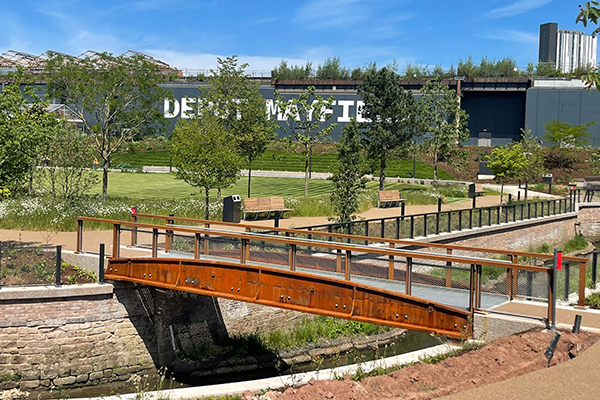
Mayfield Park, Manchester
Mayfield Park is the first part of a wider regeneration of brownfield land in central Manchester which will comprise homes, workplaces and retail. The park consists of 6.5-acre of new green space, contains a multi-sensory playground and is aimed at the whole community, with the landscape designed to maximise biodiversity. Retention and re-use of historic structures sustains the site’s heritage and reduces carbon, while the deculverting of the River Medlock after 50 years recognises the features that need bringing into the 21st century.
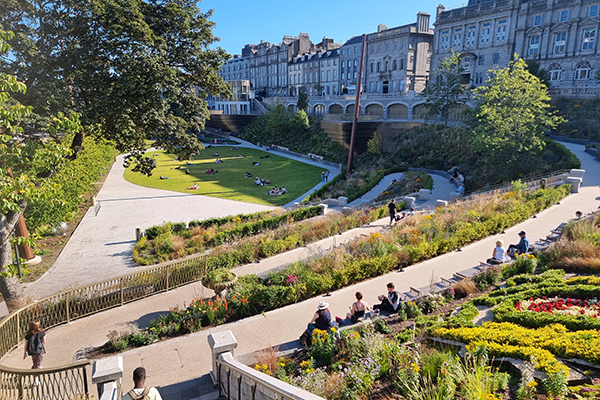
Union Terrace Gardens, Aberdeen
Union Terrace Gardens, and its recent transformation, are part of the city of Aberdeen’s programme of improvements that aim to invigorate both the city centre and beach, while respecting and enhancing Aberdeen’s unique qualities and characteristics. Lighting, extensive seating, and a playful atmosphere, paired with a wider city aim to encourage walking and wheeling, make the site more accessible and welcoming for residents and visitors.
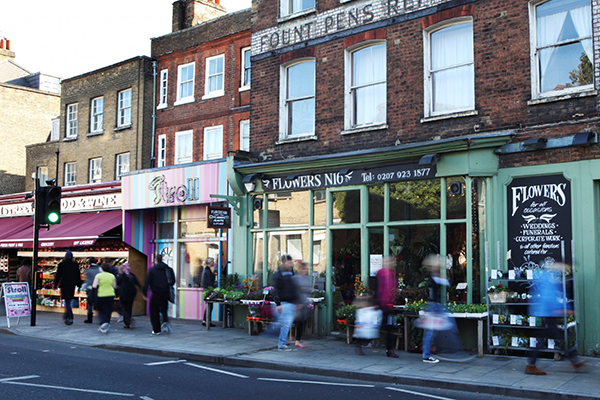
Church Street, Stoke Newington
Church Street benefits from a great mix of land uses, history, and people, which enhances the surrounding neighbourhood. A high proportion of independent businesses paired with third spaces, housing, and the nearby Clissold Park make the street a hub of community, and active travel initiatives reduce the hostility of the street as a main road.
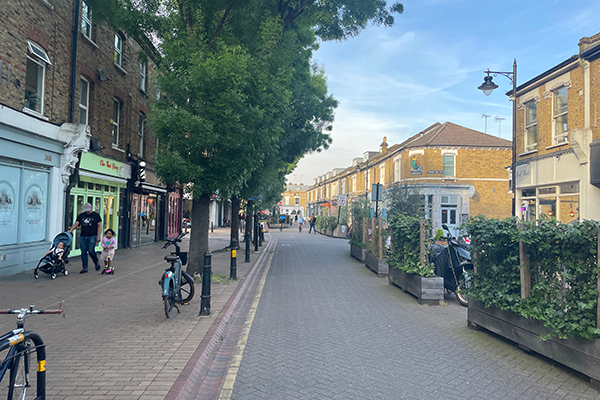
Old York Road, Wandsworth
Old York Road, previously a rat run to two-way through traffic between the A217 and Wandsworth Roundabout, has achieved a slower, more people first, pace through traffic calming measures which are soon to be made permanent. Planters improve air quality, create a sound / vision barrier from passing cars, and allow restaurants and cafes to extend their outdoor seating. While its transport connections are strong, the outcome is a destination, rather than a place to pass through.
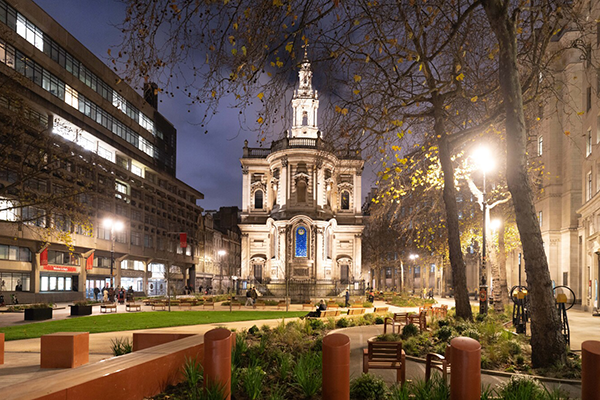
Strand Aldwych, Westminster
Strand Aldwych, in London’s West End, is a high profile example of what can be achieved through significant investment by a major city government. The removal of traffic from the Strand side of the Aldwych, replaced by seating and planting, opens a key thoroughfare up to pedestrians, and enhances the identity of surrounding heritage buildings. Though in some ways an extreme case study, Strand Aldwych presents lessons and inspiration for sites of all scales.
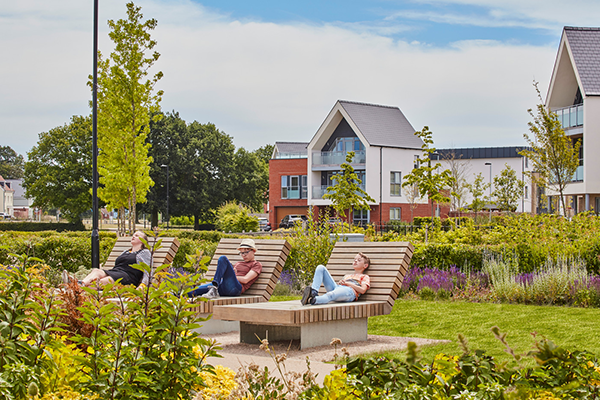
Beaulieu, Chelmsford
Beaulieu, a new neighbourhood, creates its own character with varied architecture and distinctly designed sites connected by parks and open space. The embedding of key neighbourhood amenities and community facilities - such as shops, allotments, and Essex’s first all-through primary / secondary school - at such an early stage in the development is a welcome change to trends often found in other new developments. Landscaping plays a big part in the neighbourhood’s character, with 176 acres of varied public open spaces which aim to enhance the lives and wellbeing of residents and wildlife alike.
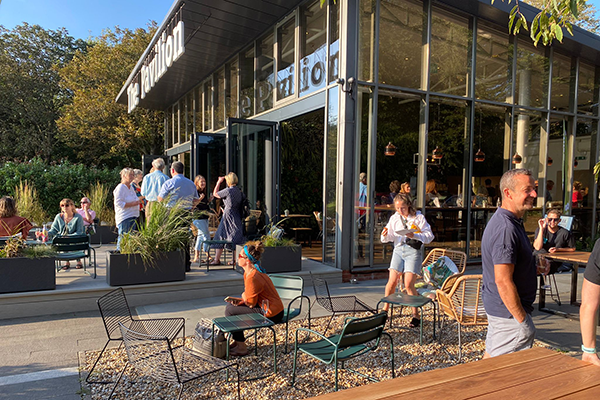
Graylingwell, Chichester
Graylingwell is a different example of new neighbourhood development, created on a former hospital site and managed by a Community Development Trust. Impressive environmental ambitions and standards were embedded at the outset in 2008, and despite setbacks in the recession and pandemic, the site is home to a diverse resident population, small businesses, and key community spaces. Graylingwell is one of a number of new neighbourhoods in the area, all managed by the CDT and well connected by active travel routes.
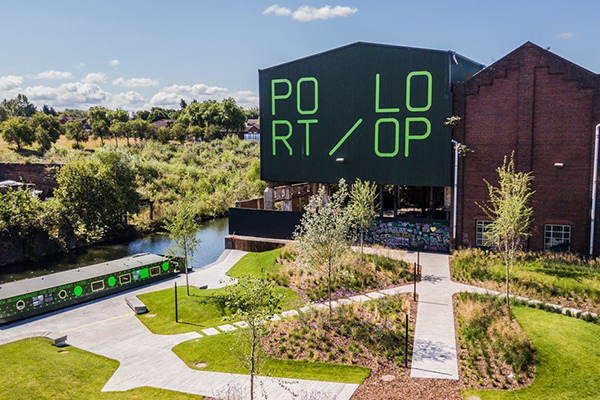
Port Loop, Birmingham
Port Loop demonstrates the revitalisation of an underused section of the historic canal, opening it up to create a neighbourhood that fosters a sustainable and healthy living environment. Just a 15-minute walk from Birmingham city centre, the mixed-use development aims to reduce the reliance on vehicles in the neighbourhood and promotes sustainable living. The developers have put in considerable effort to foster a sense of community in the neighbourhood and partnered with Civic Square to craft some of this social infrastructure.
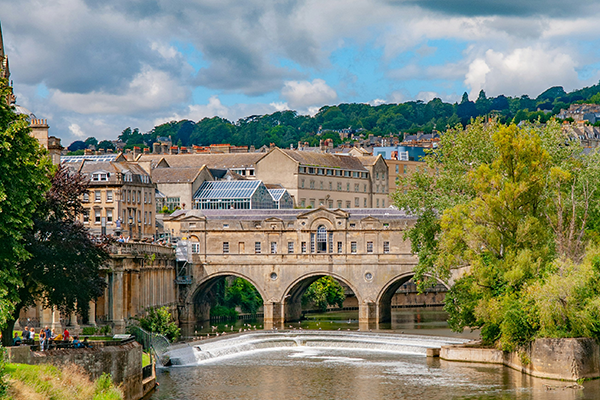
Bath, Somerset
Bath is home to a mix of old and new urbanism, with internationally recognised historic, natural, and heritage assets. A thriving centre and tourist industry contribute to its economic success, and the council is responsible for a variety of positive initiatives, including Liveable Neighbourhoods and action against the Ecological and Climate emergencies. Like many small cities in the UK, there is much to be assessed and learnt from its response to population growth.
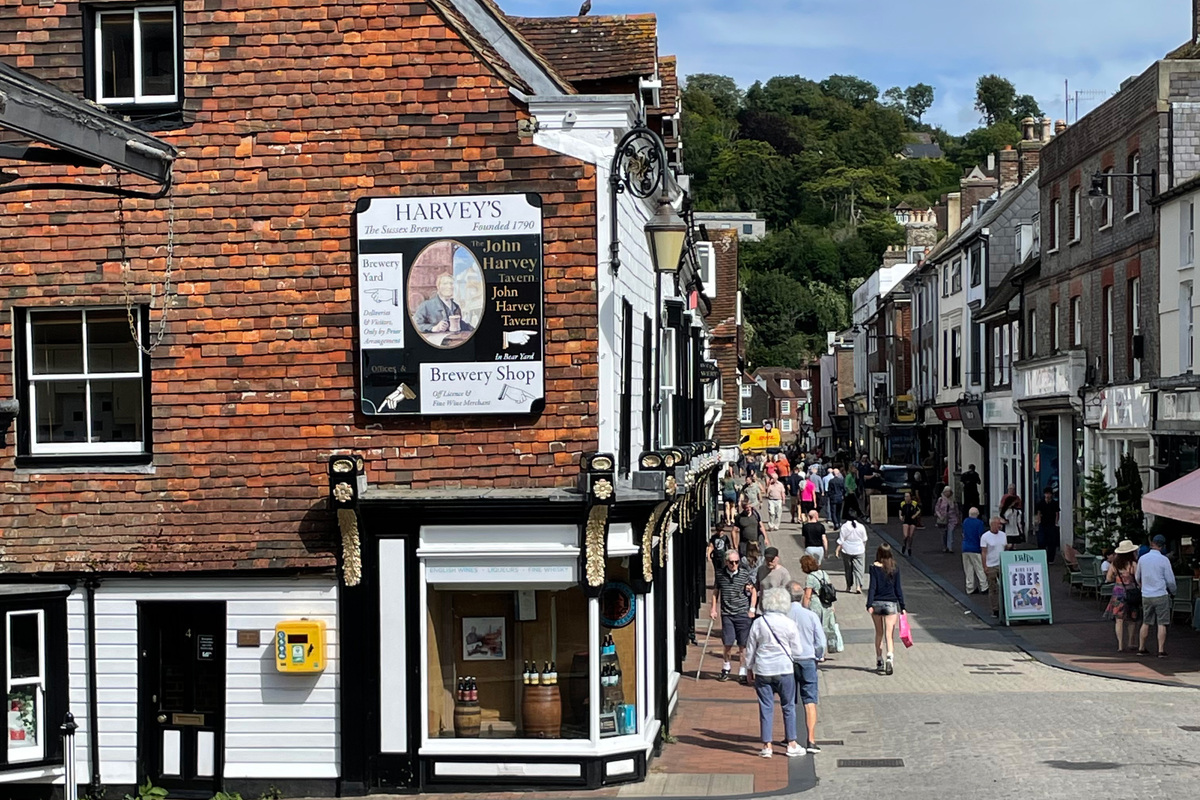
Lewes, Sussex
Lewes’ Saxon roots and location in the South Downs National Park create an attractive town that embraces both its cultural and physical heritage. This is turn has made it a desirable place to live and visit, and its public transport and walkability contributes to a lower number of car commuters compared to similarly sized towns. Notably the Phoenix project, which was recently given planning approval, presents an opportunity for Lewes to be at the cutting edge of truly sustainable development.
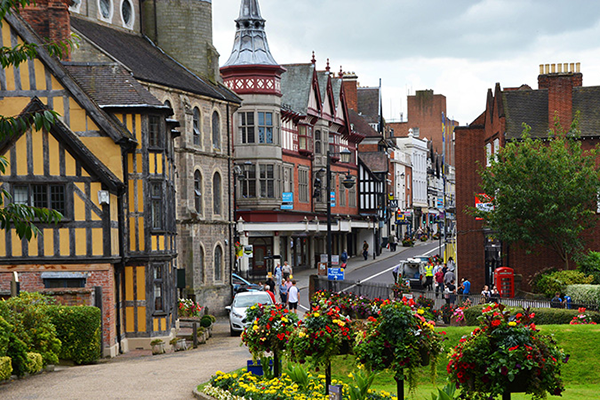
Shrewsbury, Shropshire
Shrewsbury is a successful town that blends older, sensitive, and listed buildings with newer development. Good public transport links connect the town centre with nearby neighbourhoods, and a diverse high street, access to green space, and arts + cultural attractions give people a reason to come in. The Shrewsbury Big Town Plan has recently been launched by a public sector partnership and sets out the next 10 years of development in the town.
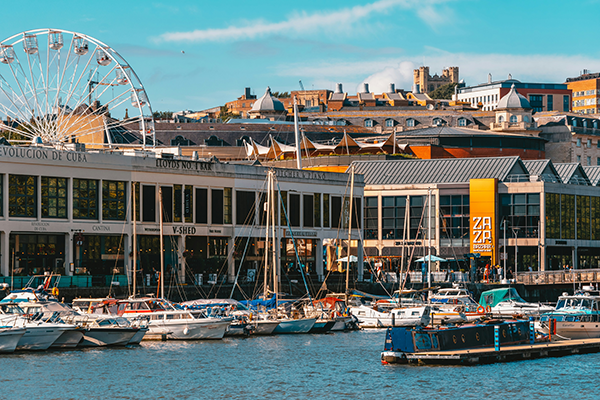
Bristol, England
Bristol has seen real transformation since winning this award back in 2009, with significant investment in the city centre, bringing high density housing close to main transport hubs. It has a rich architectural and industrial character, and a commitment to active travel, amenities, and housing at a leadership level that have all contributed to it being the highest ranked UK city in the Happy City Index 2024.
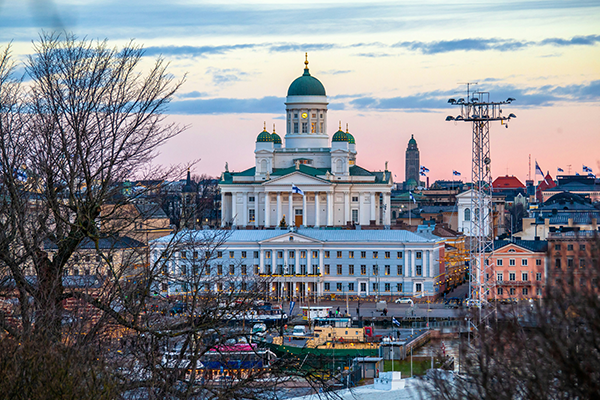
Helsinki, Finland
Helsinki is a dynamic city that understands its opportunities for reflection and improvement, and acts on them, with politicians who take a creative approach. The city retains its physical character but avoids a sense of being stuck in past, and exhibits impressive strategies across housing, health, and culture. Helsinki is also highly ranked in the Happy City Index 2024, placing sixth among some 1,000 analysed cities.
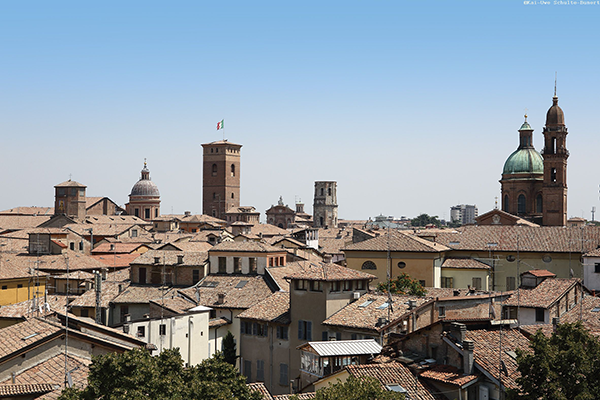
Reggio Emilia, Italy
Reggio Emilia is a strong example of a small city doing the work, with rich cultural heritage, an innovative approach to education, outstanding urban development policies, and a commitment to sustainability with big goals which it actively achieves. A model for cities striving to balance economic growth with environmental responsibility, Reggio Emilia sets a standard for urban development that promotes inclusivity, creativity, and stewardship.
The next stage of the process will be a series of in-person assessment visits, attended by Academicians and Young Urbanists. These will take place on various dates over the summer, with confirmed visits listed in the Events Directory. A rolling reminder of these visits and new dates will feature in the weekly newsletter.
The winners will be announced at the 2024 Urbanism Awards Ceremony, held at 150 Holborn in London on Wednesday 13 November.

